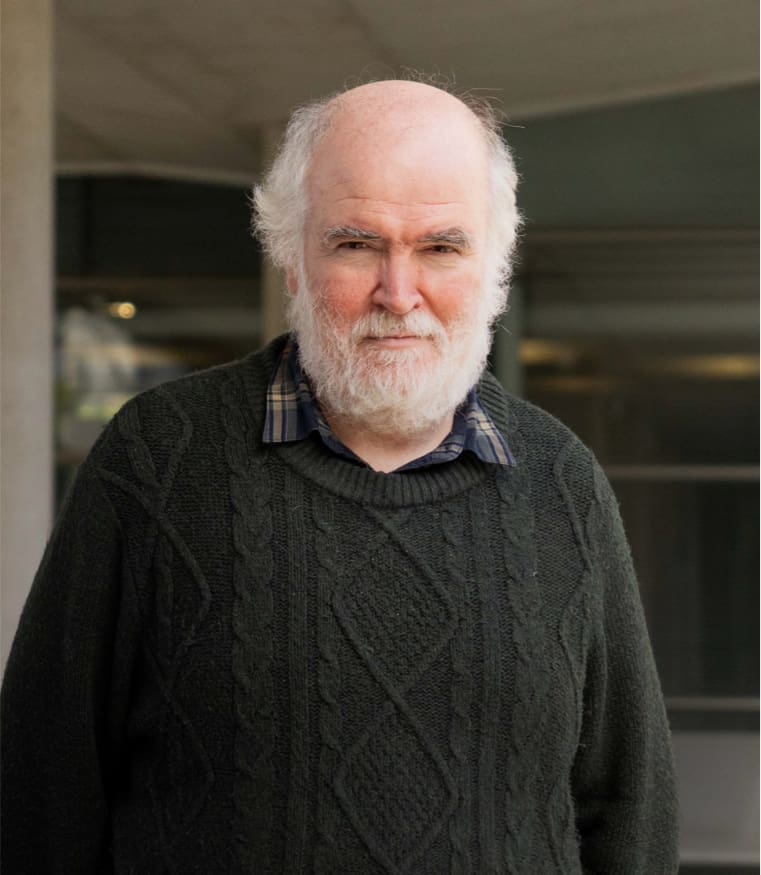Elucidating the Mechanism of Aryl Aminations Mediated by NHC-Supported Nickel Complexes: Evidence for a Nonradical Ni(0)/Ni(II) Pathway
Nickel catalysis is gaining in popularity in recent years, mostly within the area of cross-coupling. However, unlike Pd, the mechanisms of Ni-catalyzed C–C and C–heteroatom bond forming reactions have been much less studied, in particular when N-heterocyclic carbenes are used as ligands. Here, we present a thorough study of the mechanism of C–N cross-coupling reactions catalyzed by an NHC-Ni complex. Focusing on the coupling of 2-chloropyridines with indole catalyzed by [(IPrNi(styrene)2] (IPr = N,N′-bis(2,6-diisopropylphenyl)imidazol-2-ylidene), we have examined each of the elementary steps: i.e., oxidative addition, ligand substitution, and reductive elimination. All relevant catalytic intermediates have been isolated and structurally characterized by both spectroscopic and crystallographic methods. Kinetic studies have revealed that the reductive elimination is the rate-limiting step. Catalyst deactivation is related to the formation of unproductive dinuclear pyridyl-bridged NHC-NiII species, which can be prevented by increasing the size of the heteroaryl chloride. These investigations support a neutral Ni(0)/Ni(II) catalytic cycle. Calculations corroborate the experimental evidence and confirm the influence exerted by the ligands in each of the elementary steps.

S. G. Rull; I. Funes-Ardoiz; C. Maya; F. Maseras; M. R. Fructos; T. R. Belderrain; M. Carmen Nicasio
ACS Catal. 2018, 8, (5), 3733–3742
DOI:
10.1021/acscatal.8b00856

Let's create a brighter future
Join our team to work with renowned researchers, tackle groundbreaking
projects and contribute to meaningful scientific advancements



















